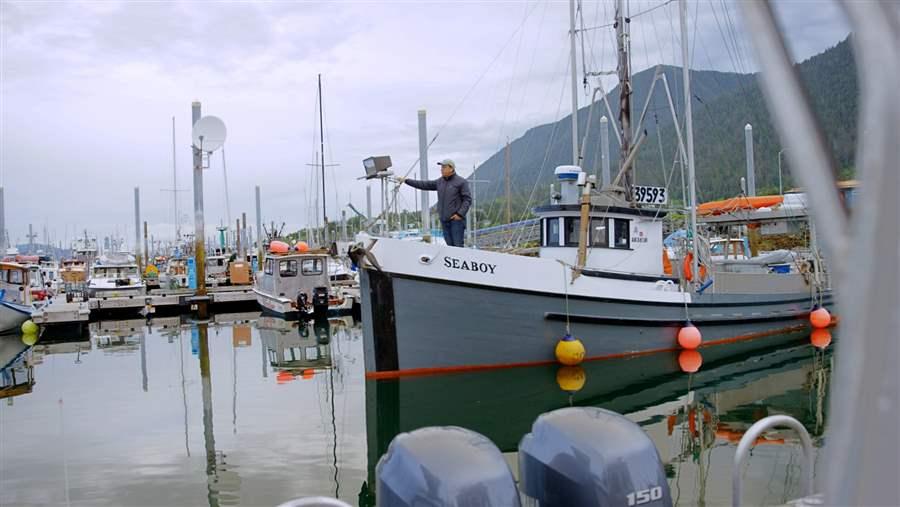
As Greenberg follows his four species, and our pursuit of them, farther and farther out into the ocean, he posits the sense of privilege we should feel in consuming wild fish, along with the necessity of aquaculture.Īlong the way, Greenberg raises real-life ethical questions of the sort to haunt a diner’s dreams, the kind of questions that will not be easily answered by looking at the Monterey Bay Aquarium’s seafood-watch card. The point of the book comes down to the push and pull of our desire to eat wild fish, and the promise and fear of consuming the farmed variety. And a few hours later, my friend, driving north through Brooklyn with five pounds of ruby-red tuna belly resting on ice in the back of his car, called me to ask if I had any soy sauce. The client got his fish, which is his own story.

They are graceful as ballet dancers, and as strong, some of “the wildest things in the world,” as Greenberg calls them.Ī fishing guide I know well was out there and got a client close enough to a small pod of tuna to cast to it. These tuna were instead their progeny’s progeny, fish of merely 75 or 150 pounds, the shape of huge, iridescent footballs. Giant bluefin tuna have been overharvested here and abroad as they travel north and south, east and west, heedless of international borders or treaties, their population hovering on the brink of total collapse. Those are almost gone now, as Paul Greenberg points out in his important and stimulating new book, “Four Fish,” which takes as its subject the global fisheries market and the relationship humans have with tuna, cod, sea bass and salmon. These were not giant bluefin, the 1,000-pound bullet trains so prized by the Japanese that they might sell for $100,000 or more.

For days, fast, open fishing boats played run-and-gun with them across the waters near Deal and Asbury Park, not 30 miles from New York City as the gannet flies.

In the late fall of 2009, bluefin tuna came inshore along the New Jersey coast and began to crash the surface of the ocean, chasing bait.


 0 kommentar(er)
0 kommentar(er)
